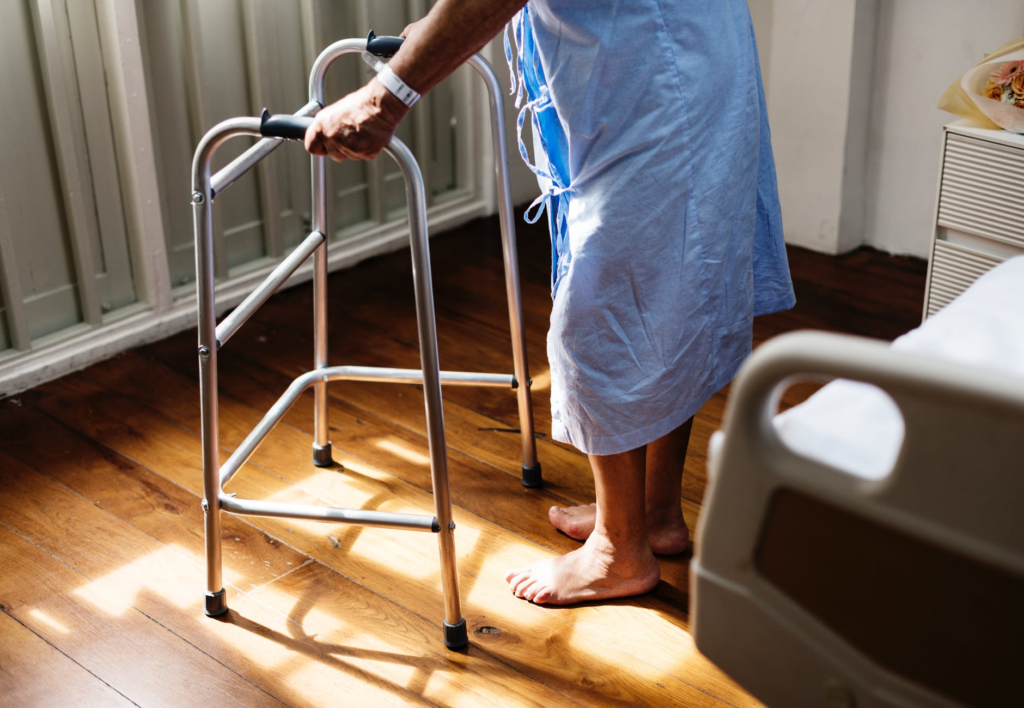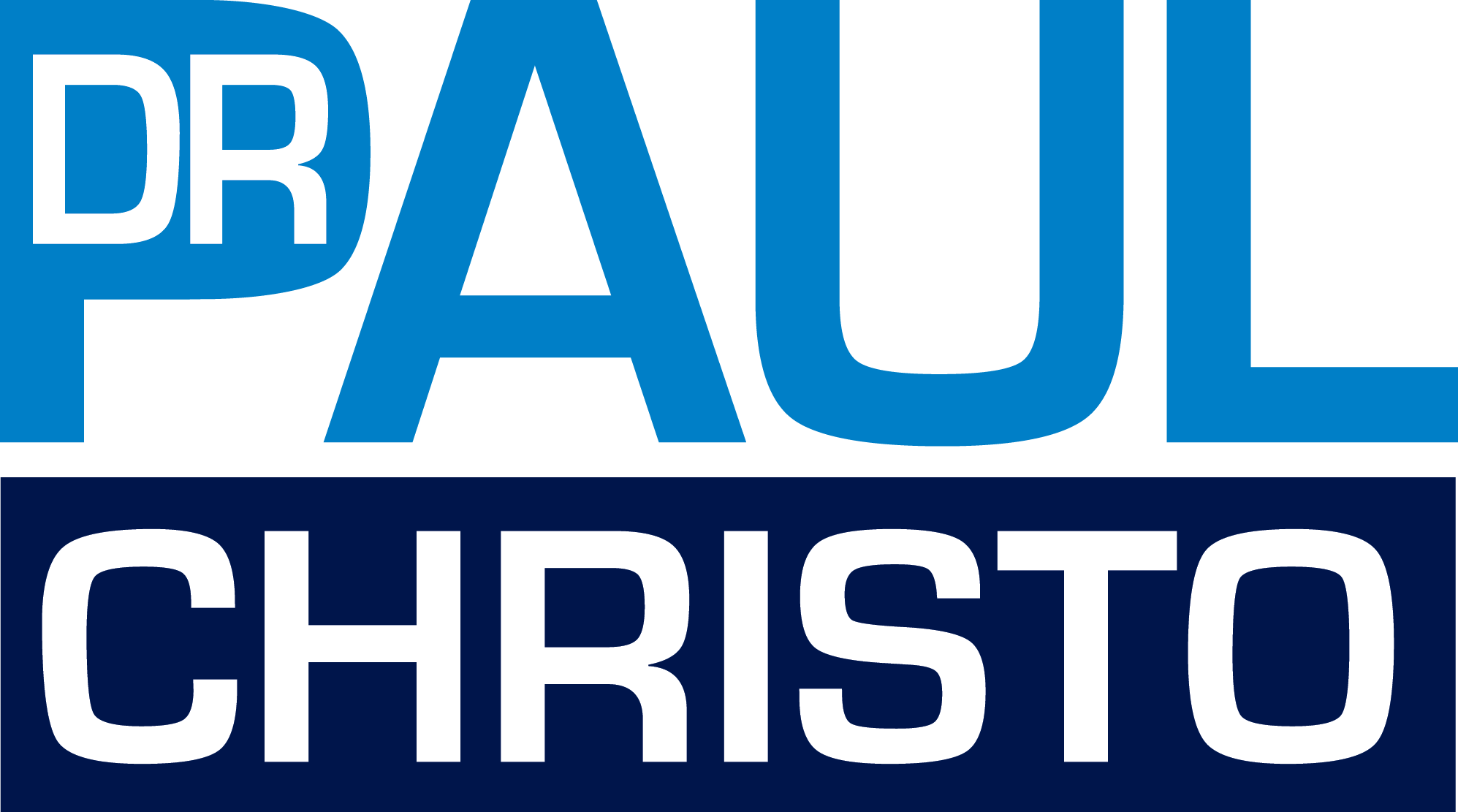
Osteoporosis literally means a porous bone, so if you develop this condition you have fragile and unhealthy bone. You also may hear experiences of patients (or by you if you have osteoporosis) describe this bone condition as painful with cracking bones.
When an individual is dealing with osteoporosis, the bones become porous and fragile, and the risk of an individual’s possibility of getting a fracture is significantly increased. Additionally, this bone condition occurs progressively and silently since there are no symptoms until the first fracture happens to the patient.
Because our bones are living tissue and are constantly changing, the risk for developing osteoporosis happens as we age. With that said, the bones are at their most dense in the early 20s, which is also regarded as the peak bone mass.
Now, there are around 1 in 3 women and 1 in 5 men across the globe that are at risk of an osteoporotic fracture, which is the primary concern related to osteoporosis. With this said, this article will suggest methods of prevention and treatment of osteoporosis.
How Do I Prevent Osteoporosis?
First off, some factors are inevitable, which raises your chances for osteoporosis. Factors like age, gene, and gender you cannot change. However, it does not mean that you cannot do anything to prevent this bone disease. Certain things you can do every day can be a part of your plan to build strong and healthy bones.
Exercising Your Bones. Just like how we tone our muscles, bones also get stronger if you get them working. Exercises like weight-bearing ones are best for your bones since it forces your body to work against gravity through movements. This prompts your body to make new bone.
Examples of weight-bearing exercises include climbing the stairs, aerobics, dancing, jogging, running, walking, and sports like tennis and other racket sports.
Strength Training. This type of exercise is also one of the keys to preventing osteoporosis. When doing strength training, your muscles pull on your bones and this results in building bone strength.
Additionally, these workouts make you more flexible and lower the chances of you falling down ꟷ the number one reason for broken hips.
You can do strength training in your everyday life through activities like lifting canned goods or bags of groceries, or lifting young children. You can also do activities like lifting free weights, push-ups, squats, or other moves that need to use your own body weight.
Calcium and Vitamin D. Both of these go hand-in-hand when it comes to the bones’ health. It is widely known that calcium helps your bone, thus, if your body does not have enough calcium, then it will start to break your bones down to get what it needs, resulting in bone loss.
Thus, it is essential that you get your calcium daily through supplements or from your diet. With this said, you can include in your diet foods like low-fat or fat-free dairy products, calcium-fortified foods, sardines and salmon, and dark green vegetables.
Now, vitamin D helps your body better absorb calcium from the food that you eat. Note that there are not many foods that have vitamin D naturally, but you can acquire it through eating fatty fish like tuna and salmon, cheese, beef liver, egg yolks, and fortified foods like cereal and milk.
How Do I Treat Osteoporosis?
The treatment is based on the estimation of your risk of breaking a bone in the next ten years by using the information from the bone density test. Now, if the risk is not that high, then treatment might not include medication and might only focus on modifying the risk factors for bone loss and falls.
Medications should be treated seriously, so make sure you’re aware of the value and side effects of them. You can research more about medications by visiting sites like pharmaquotes.com.
Bisphosphonates. These are one of the most widely prescribed osteoporosis medications. Examples include Alendronate, Risedronate, Ibandronate, and Zoledronic.
Monoclonal Antibody Medication. Compared with bisphosphonates, Denosumab for instance produces similar or better results for bone density, and reduces the chances that an individual will develop fractures.
Hormone Related Therapy. Estrogen is highly significant in maintaining a bone’s density. However, estrogen depletes in menopausal women. Thus, this hormone-related therapy is only typically used for bone health in younger women or in women who have menopausal symptoms that require this treatment.
Bone Building Medication. Medications like Teriparatide, which is a powerful drug that stimulates bone growth, Abaloparatide, which works similarly to Teriparatide, and Romosozumab, which is the newest bone-building medication to treat osteoporosis, are some of the main bone-building medications that help fight osteoporosis.
